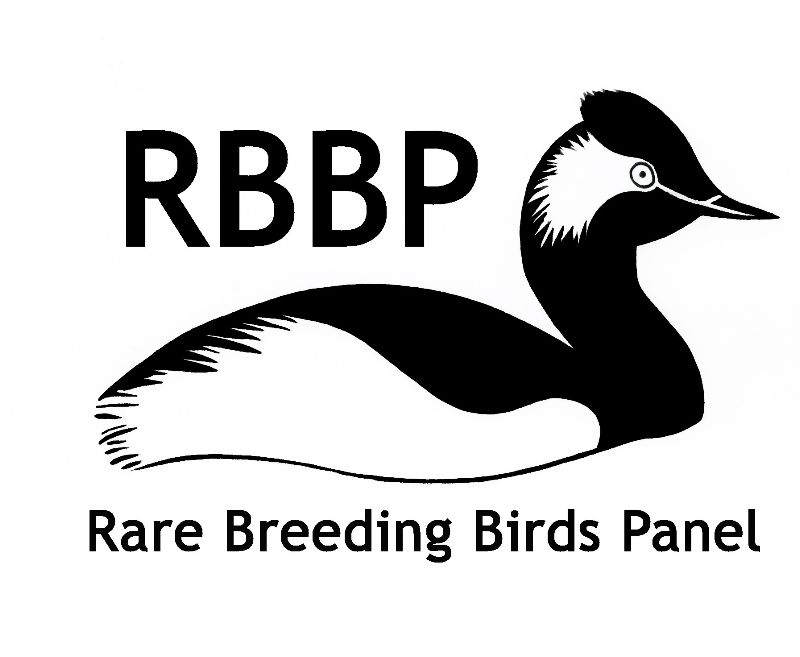New report reveals good news for rare breeding birds

The annual report of the Rare Breeding Birds Panel (RBBP), funded by the Joint Nature Conservation Committee (JNCC), Royal Society for the Protection of Birds (RSPB) and British Trust for Ornithology (BTO) and published in the journal British Birds, aims to track the progress of the country’s rarest breeding birds by compiling data from conservationists, scientists and thousands of volunteer birdwatchers across the UK. The RBBP would like to thank the many birdwatchers who contribute data, and the county bird recorders who collate this data on behalf of the RBBP.
The results from the 2018 breeding season have found that ten of these species have been counted at record levels. Whilst for two of these species (Shoveler and Common Redpoll) this may be just down to annual fluctuations in numbers and possibly a welcome increase in the effort put into finding these species, the other eight have been doing increasingly well for years – many of them are continuing to break records year on year as they recover from previous declines, or colonise the UK for the first time.
Some of this success is at least in part thanks to greater protection of birds and their habitats across Europe. This has helped the increase in Great White Egret, Eurasian Spoonbill and Mediterranean Gull, allowing their populations to expand further into the UK, although climate change may also be playing a role. Although not the first time they have bred in Scotland, 2018 saw Eurasian Spoonbills successfully breeding in Orkney, a remarkable northward jump in location!
These increases have also been particularly prominent for Bittern and Common Crane, both of which had previously become extinct in the UK. With greater research, improved site management, habitat creation, and (in the case of Common Crane) a reintroduction scheme, these birds have bounced back. Bitterns have increased in numbers every year for the last 13 years, reaching 213 booming males, whilst 46 pairs of Common Crane bred in 2018. Other species experiencing record-breaking years included Goshawks, Red-necked Phalaropes and Wood Sandpipers.
In addition, Avocets have now exceeded 2,000 pairs over a five-year average and have also bred in Scotland for the first time, with a pair raising two chicks on the RSPB Skinflats reserve. Their relative the Black-winged Stilt is in the early stages of colonizing the UK, with a very small number of pairs moving north from the continent; they bred in the UK for the fifth year in a row in 2018.
Mark Eaton, Secretary of the RBBP said “Unfortunately, not all species are prospering. There were fewer Quails reported than in any year since 1991, Slavonian Grebes and Little Terns continue to struggle, and only one pair of Montagu’s harriers bred following the death of several individuals returning from their wintering grounds in Africa. In addition, Turtle Doves have been included in the report for the first time, as the population of this once common bird has plummeted so fast it is now officially regarded as a rare species. This first year of data collection has improved our knowledge of the UK’s remaining Turtle Doves and the first national survey is planned for next year.”
2018 also saw a notable impact of severe weather – the late winter storm nicknamed ‘the Beast from the East’ – hitting birds at a time when food resources are already scarce. Rare species including Little Egrets, Bearded Tits, Woodlarks and Dartford Warbler suffered high mortality and thus lower numbers were recorded in the following spring. We know that common birds such as Wrens and Goldcrests were also affected, but have bounced back already – so it’s to be hoped that the rare breeders have done likewise.
Dawn Balmer, Chair of RBBP said “The RBBP would like to thank the many thousands of birdwatchers who contribute data, and the wonderful network of volunteer county bird recorders who collate this data, and share their expertise, on behalf of the RBBP.”




